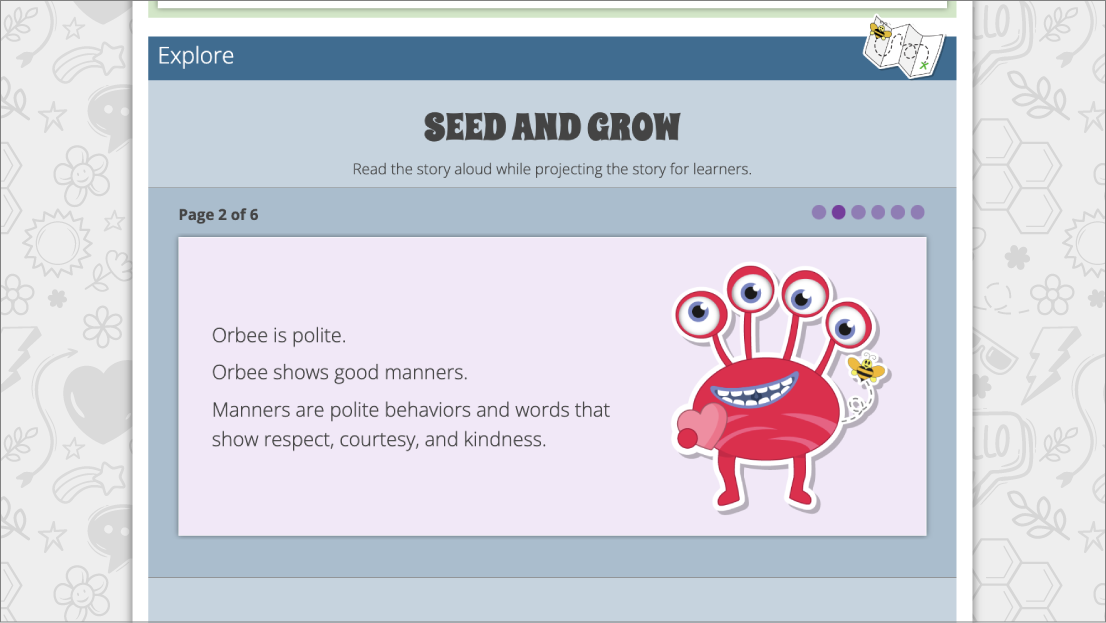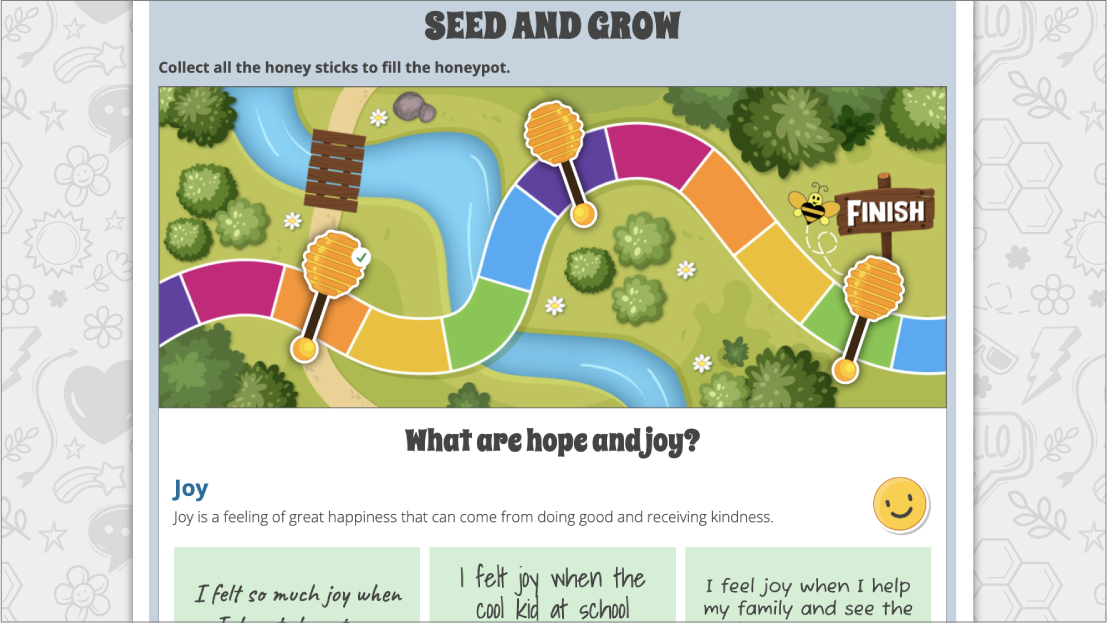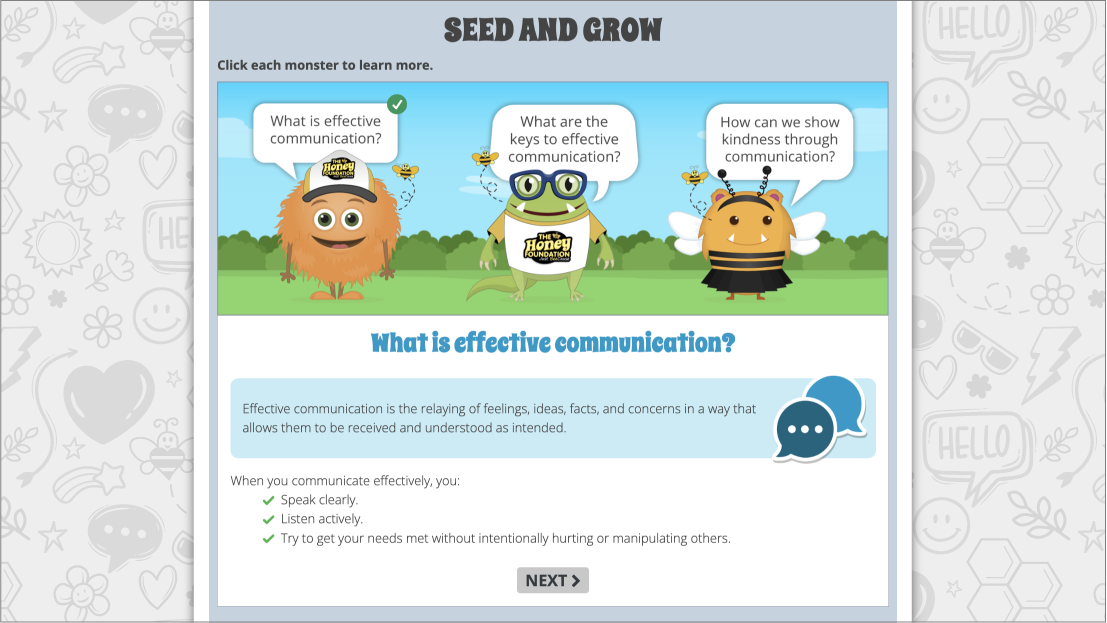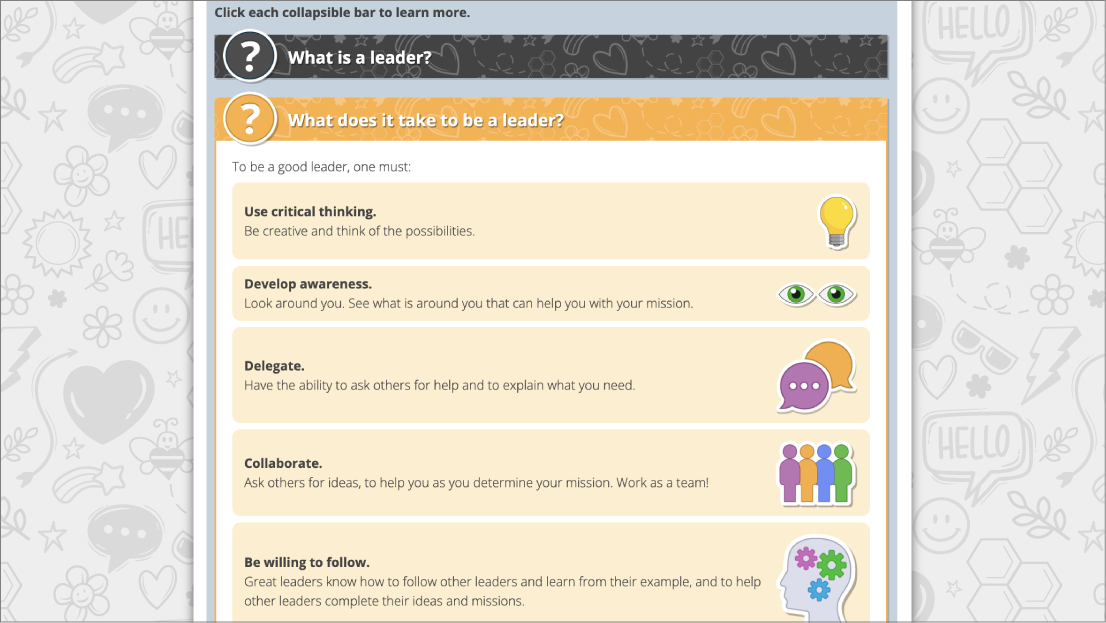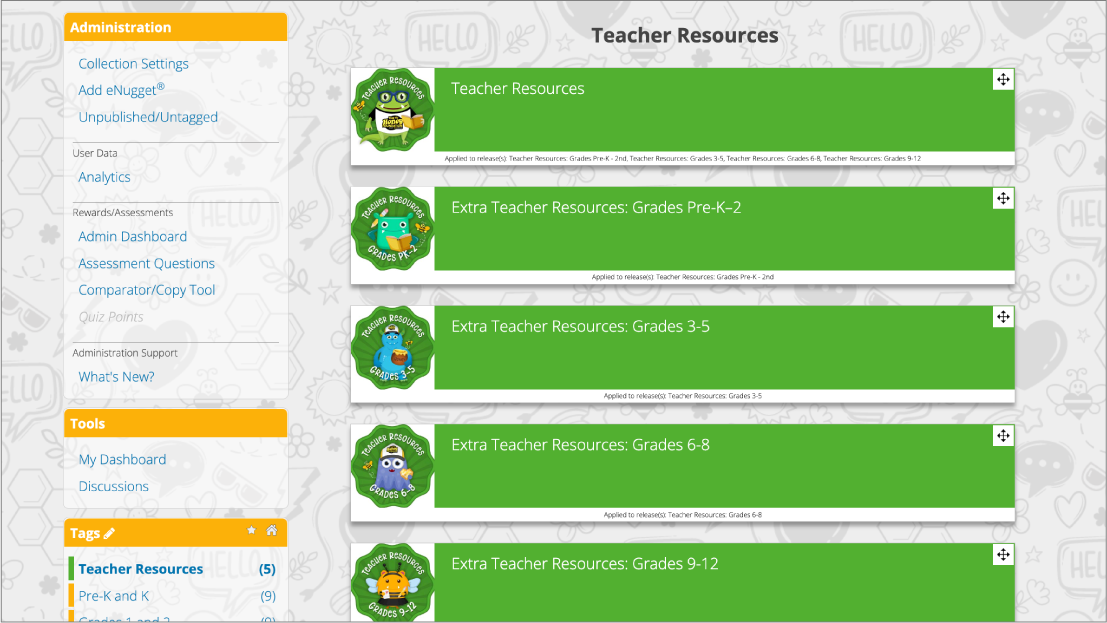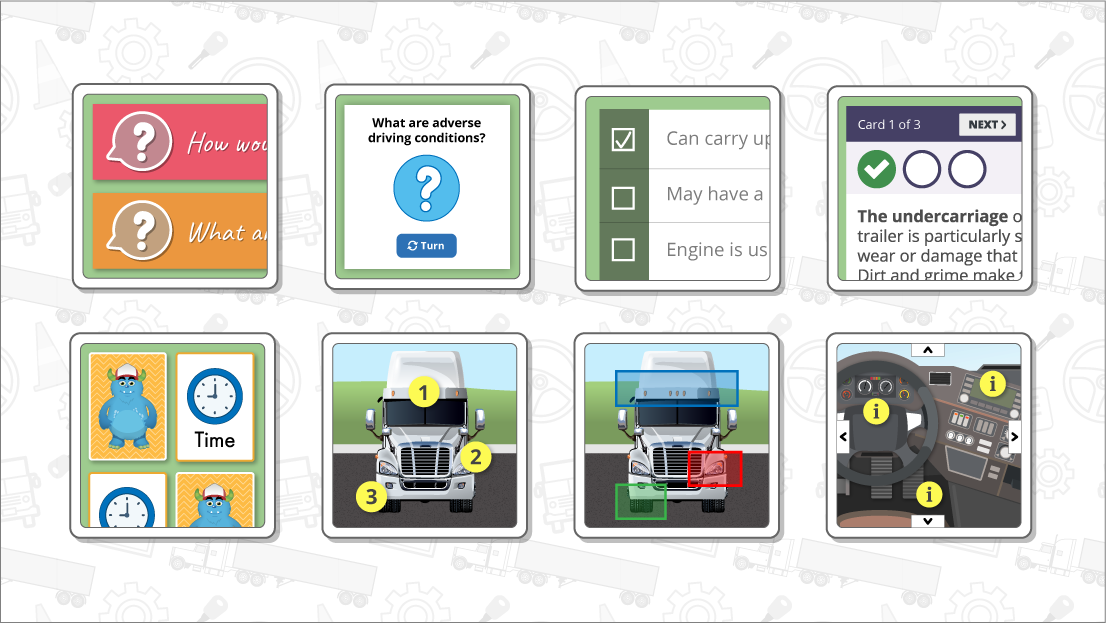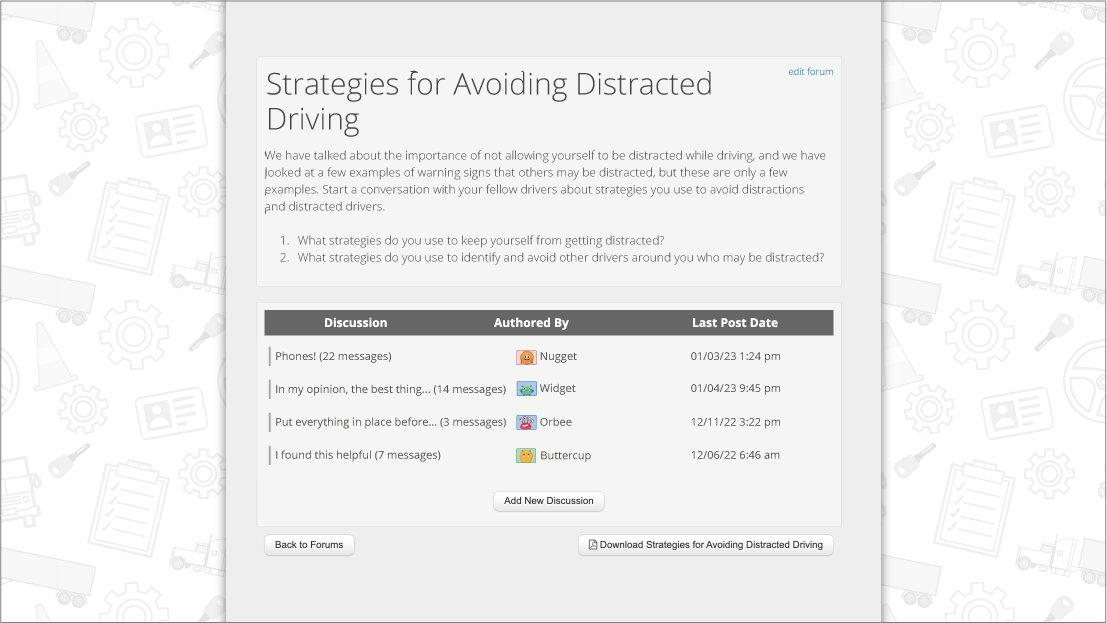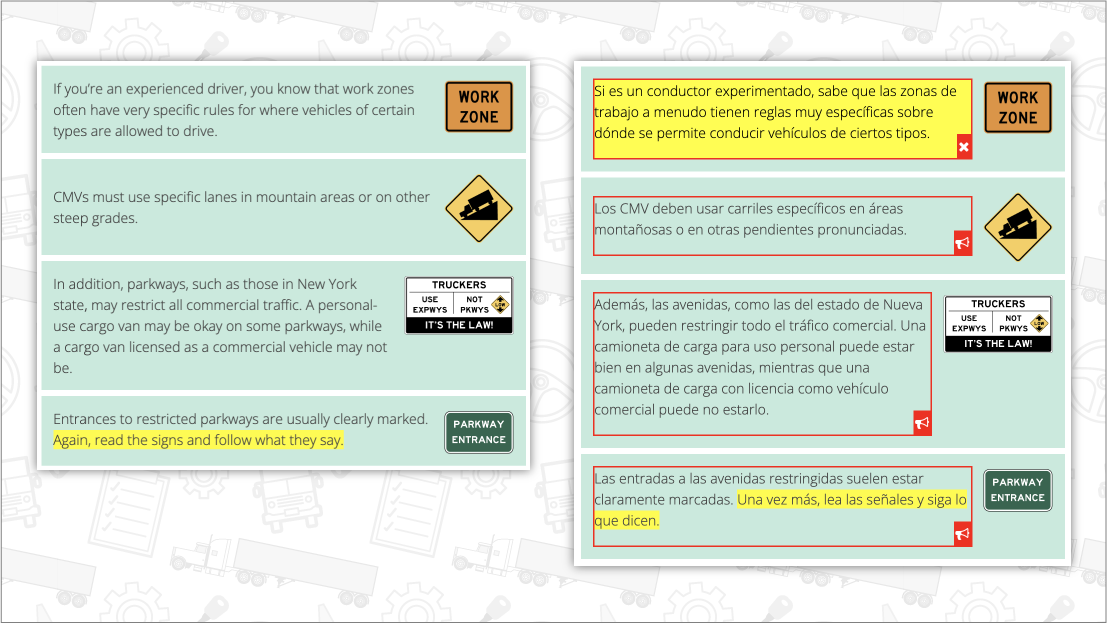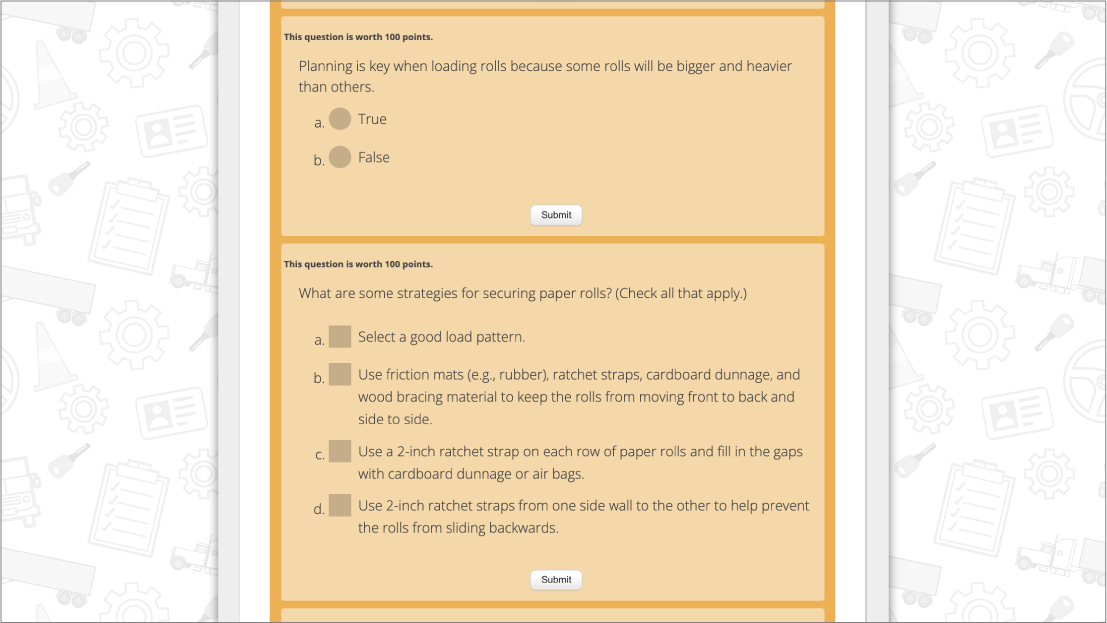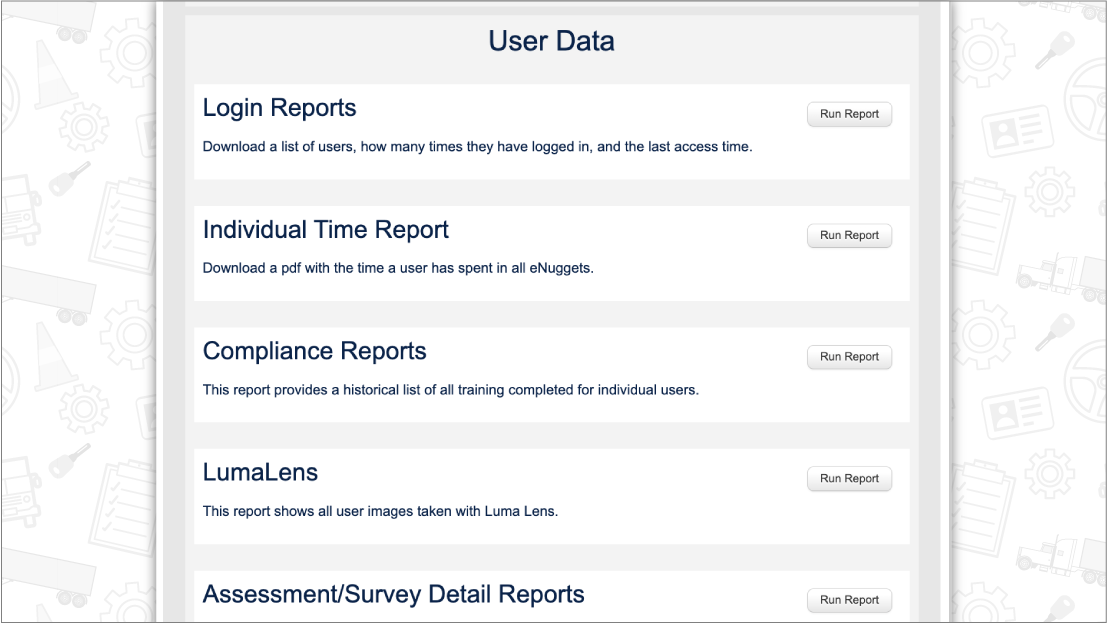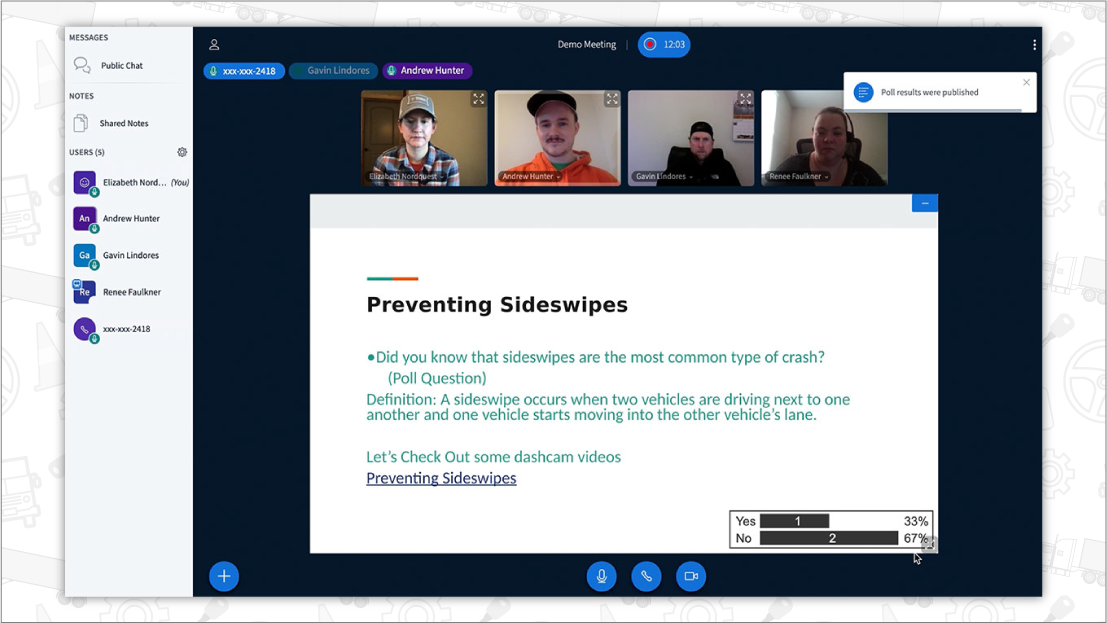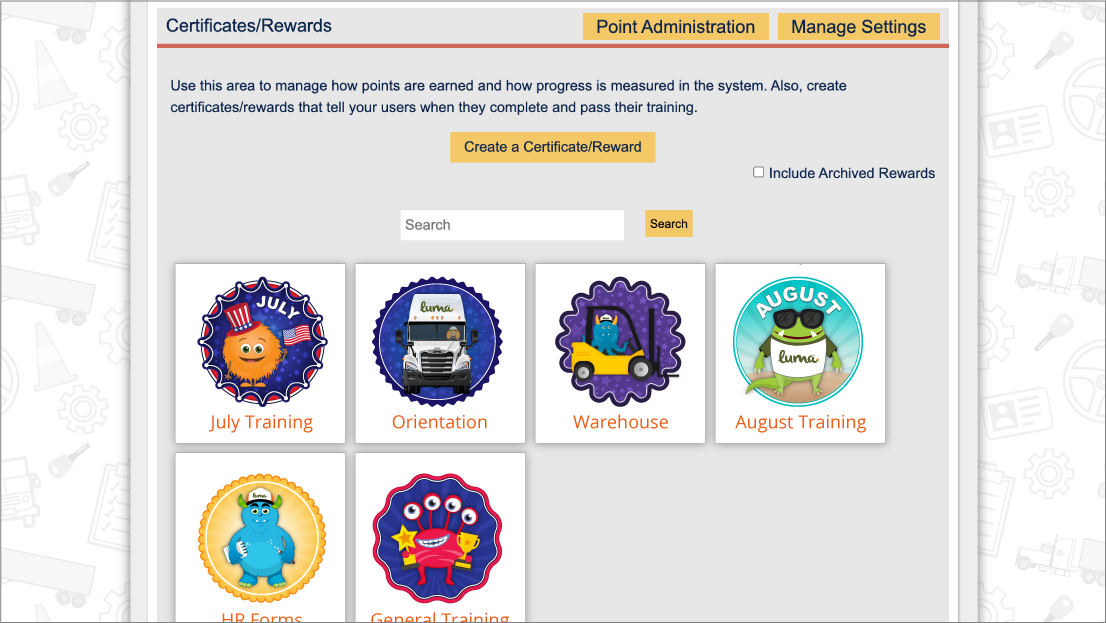![]()
Building a competency-based program
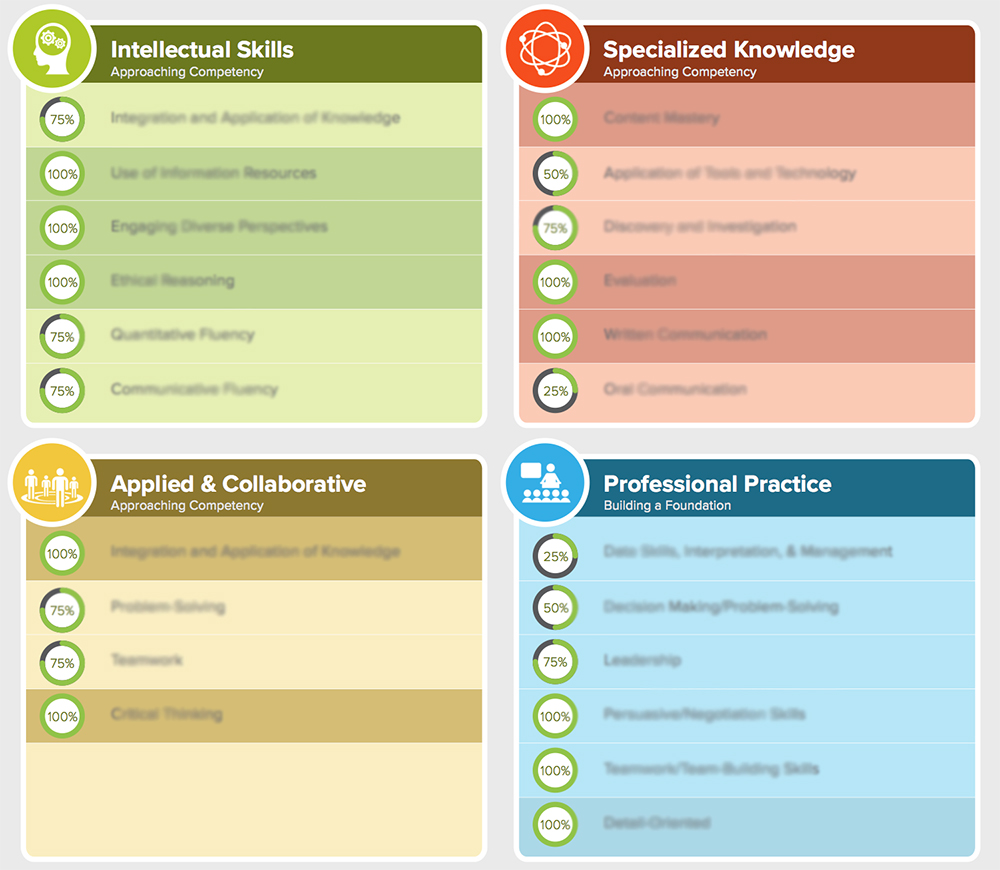 Academic programs teach students industry-specific skills that they will need to have a successful career. But what if they can do so much more than that? What if they can also show the student what they are good at, and what they need to improve on based on their collective work across the entire program? What if that academic program can accurately recommend careers in which a student will be most successful? This is the heart of where we believe a competency-based program should take us.
Academic programs teach students industry-specific skills that they will need to have a successful career. But what if they can do so much more than that? What if they can also show the student what they are good at, and what they need to improve on based on their collective work across the entire program? What if that academic program can accurately recommend careers in which a student will be most successful? This is the heart of where we believe a competency-based program should take us.
As a matter of application, a competency-based program should be able to provide a student a competency report that includes both hard and soft skills that take into account every single assignment they’ve had in the program. Moreover, employers will have a more accurate measure of a student’s ability to be apart of their team based on a meaningful measure of that student's competencies.
We are helping universities all over the country achieve this vision by building online and blended competency-based programs. If your university is trying to do this, here are some key milestones that need to be considered as you build your programs. If you want to learn more about how we can help you build your competency-based program, contact us or come meet us at the Distance Teaching & Learning Conference, July 25-27.
Milestone 1: Determine the competencies that you want to measure.
There are different strategies universities use to determine the competencies that they want their students to have upon graduation. The goal is to define the institution-level competency outcomes. Many start with the Association of American Colleges & Universities VALUE rubric and determine the competency areas or pillars that they want their programs to hit (e.g. Critical Thinking Skills, Communication Skills, Professional Growth).
Milestone 2: Define the criteria that will assess the competency areas and create an institution-level competency rubric
After the competencies are defined, the next step involves building consistent criteria that will define or measure these competencies. For example the Critical Thinking Skills competency may be broken down into measurable skills categories such as show evidence, take on a position, and build conclusions, to name a few. Measurable criteria are written for each of the skills categories in a way that will, ultimately, be aligned to student assignments. Because starting from scratch can be difficult (and overwhelming), already established rubrics, like the VALUE rubrics, are often used as a starting point. The institution-level competency outcome rubric will ultimately become the measurement that builds the consistency and coherence across courses and programs. Program Administrators have to decide on the levels of proficiency (e.g. Highly Proficient, Moderately Proficient, Somewhat Proficient, and Not Proficient, and No Submission) and the percentages to meet a criterion (e.g. Highly Proficient equals 90-100 % of the points).
Milestone 3: Modify assignment rubrics so that they align to institution-level competency outcome rubric.
Assignment specific rubrics are traditionally tied to specific assignment requirements and not competencies. The shift to competency-based education happens when assignment rubrics are tied to the competency-based rubrics. In order to do this, the assignment rubrics are evaluated and re-written, if needed, to align to both the institution-level competency outcome rubric and the course learning outcomes. In a traditional, non-competency-based program, assignment specific rubrics are not consistent across a program, nor are they based on a proficiency scale.
Through our work with universities in building competency-based programs, we appreciate the challenges departments face when tasked with aligning assignment-specific rubrics to a more generic competency-based measure. The fact is that it is not easy for all to agree on a rubric that not only measures the competency, but also what is really important about the assignment. There is no single way to accomplish this. Where one client may simply replace their assignment rubric criteria with the competency criteria (which is a valid option if the competency-based criteria are well written), another will simply edit the assignment rubric language in order to measure the competencies. It is okay to have the assignment rubric measure other criteria not covered by the competency rubric. The important thing is that the competencies are measured, and that they are measured clearly.
 Milestone 4: Building competency across programs
Milestone 4: Building competency across programs
Every assignment that a student is scored on can be tied to one of the institution-level competencies. For some universities, we've built alignment documents that show how the competencies are being covered across an academic program. This is very helpful when designing new programs so that you know which competencies are already being measured in the program and which competencies you need to focus more on in the remaining course design and development. Moreover, you also have the ability to assign different weights to different competency skills categories, or even to different assignment measures, in order to account for their different levels of importance.
Milestone 5: Measuring the competency and report competency outcomes to students
This last milestone is the fun part, but sadly is also where most universities stop due to not having the technical capacity to implement (which is another area Luma can help). Once assignments are aligned to competencies, a student's assignment performance data (assignment grades) can be compiled across their entire academic program and their associated competency scores can be reported to the students and potential employers. Imagine a system where 3rd party content solutions (like adaptive courseware) and your LMS can integration with a competency engine (call it a competency database, or CdB) that uses your school's competency model to compute weighted competency scores for your students. These results may be displayed in an online data dashboard, or in an emailed competency report to your students. A schematic of this process is depicted in the figure.
Interested in learning how Luma can help you implement these milestones? Connect with us to find out.

